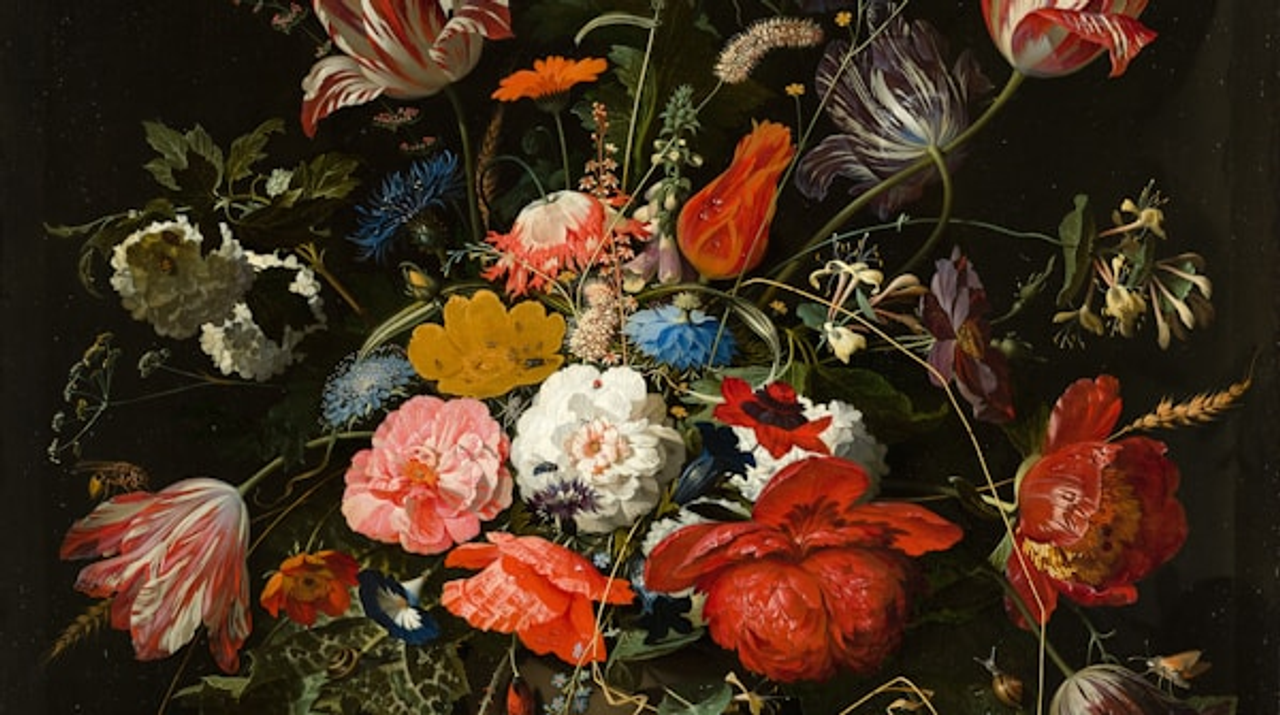
Investing in fine art is not just about passion and aesthetics—it’s also a strategic financial decision. Fine art can offer significant returns, but it requires careful consideration, market knowledge, and a keen eye for detail. In this post, we’ll explore what you need to know before you invest in fine art, helping you navigate the complexities of this unique asset class.
The Consideration: The art market is influenced by various factors, including trends, artist reputations, and economic conditions. Unlike stocks or bonds, art does not have a fixed value, and its price can fluctuate based on subjective criteria.
What You Need to Know: Research is crucial. Start by studying market trends, understanding which artists are in demand, and identifying the types of art that are currently appreciating. Art market reports, auction house results, and expert consultations can provide valuable insights. Keep in mind that the art market can be cyclical, with periods of high and low demand.
The Consideration: Authenticity is a critical factor in the value of a piece of art. Provenance, or the documented history of ownership, plays a key role in verifying authenticity and can significantly impact an artwork’s value.
What You Need to Know: Always ensure that the artwork you’re considering has clear and verifiable provenance. This includes documentation such as certificates of authenticity, previous ownership records, and auction results. Be wary of forgeries and works with unclear histories. Engaging with reputable dealers, galleries, or auction houses can help mitigate the risks associated with authenticity.
The Consideration: An artist’s reputation greatly influences the value of their work. Established artists with a strong track record often command higher prices, while emerging artists may offer opportunities for growth.
What You Need to Know: Research the artist’s career, including their exhibition history, critical acclaim, and auction records. Consider whether the artist is represented by reputable galleries and if their work is part of prominent collections. Investing in emerging artists can be rewarding, but it comes with higher risks. Balancing your portfolio with works from both established and promising artists can provide stability and growth potential.
The Consideration: The physical condition of a piece of art can affect its value. Restoration work, if not done properly, can diminish the artwork’s appeal and marketability.
What You Need to Know: Inspect the artwork carefully or hire a professional conservator to assess its condition. Understand any restoration work that has been done, and ensure it has been performed by qualified experts. Poor restoration can lead to a decrease in value, while well-executed conservation can help preserve and even enhance the artwork’s worth over time.
The Consideration: Investing in fine art involves costs beyond the initial purchase price. These can include insurance, storage, transportation, and conservation.
What You Need to Know: Factor in these additional costs when planning your investment. Fine art insurance is essential to protect against loss, theft, or damage. Proper storage, especially for delicate works, is also crucial for preserving the art’s value. Transportation costs can vary depending on the size and fragility of the piece, and regular conservation efforts may be required to maintain the artwork in optimal condition.
The Consideration: Fine art can serve as both a long-term investment and a short-term asset, depending on your financial goals and market conditions.
What You Need to Know: Decide whether you are investing in art for long-term appreciation or short-term gains. Long-term investments typically focus on acquiring works by established artists that are likely to increase in value over decades. Short-term investments may involve buying emerging artists’ works with the intent to sell as their reputation grows. Understanding your investment timeline will help guide your purchasing decisions and portfolio management.
Investing in fine art requires a blend of passion, knowledge, and strategic thinking. By understanding the art market, verifying authenticity, evaluating the artist’s reputation, considering the artwork’s condition, accounting for additional costs, and defining your investment strategy, you can make informed decisions that enhance your portfolio. Fine art can be a rewarding investment, offering both financial returns and cultural enrichment.